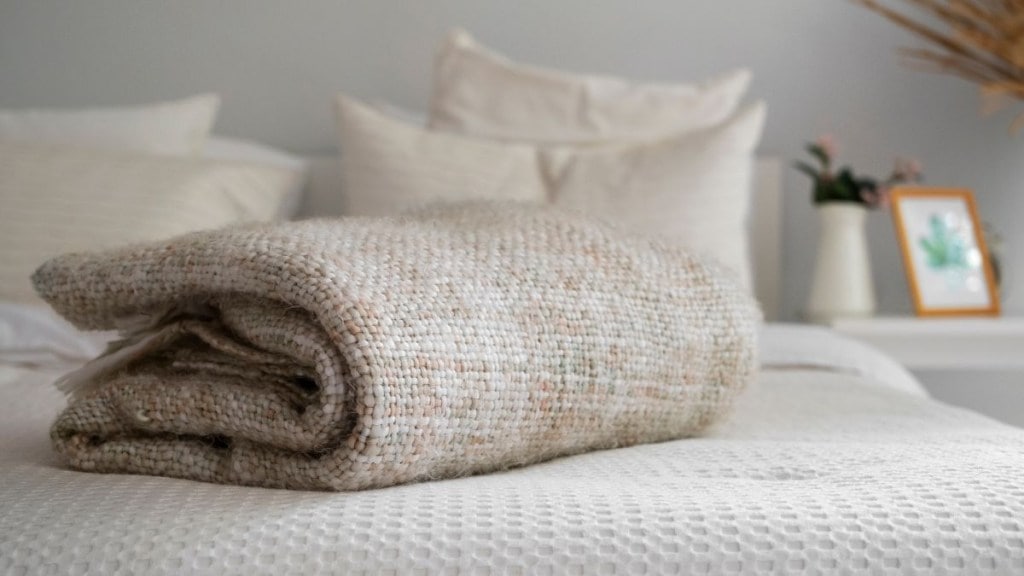Your bedroom is supposed to be your safest, most relaxing space. After a long day, you look forward to your bed, your pillow, and the comfort of your cosy setup. But what if the very items that help you rest are quietly harming your health? Yes, you read that right. According to Harvard-trained gastroenterologist Dr. Saurabh Sethi, your bedroom could be hiding health hazards you don’t even think about.
Dr. Sethi, who is board-certified in gastroenterology, hepatology, and interventional endoscopy and trained at AIIMS, Harvard, and Stanford, recently shared a video on Instagram explaining three common bedroom items that might be toxic to your health.
“Three toxic bedroom items you should throw out ASAP,” he said in the reel, listing old pillows, synthetic air fresheners, and worn-out mattresses as the biggest culprits. Old pillows, if used for more than 1–2 years, can collect dust mites, sweat, and allergens, putting you at risk of allergies. Synthetic air fresheners may smell pleasant but often release harmful chemicals such as phthalates and VOCs (Volatile Organic Compounds), which are linked to breathing issues and hormone disruption. Meanwhile, mattresses that are over 7–10 years old not only reduce sleep quality but can also contribute to chronic back pain.
Why you should replace your pillow
Most of us don’t think twice about using the same pillow for years. But Dr. Palleti Siva Karthik Reddy, consultant physician at Koshys Hospitals, told The Indian Express that it could be affecting your health in more ways than one.
“The primary health risk from old pillows is prolonged exposure to allergens, especially dust mites,” he explained. “These mites and their droppings trigger allergic reactions like asthma and allergic rhinitis.”
Research also shows that pillows can harbor fungi. A study published in the journal Allergy (2015) found thousands of fungal spores per gram of used pillow, with some species like Aspergillus fumigatus posing serious risks. This means your pillow could be exposing you to allergens and fungi every single night, increasing the risk of respiratory infections.
Why air fresheners may not be as ‘fresh’ as you think
Many people use air fresheners to keep their bedrooms pleasant. But experts say the chemicals in them may do more harm than good.
“Synthetic air fresheners release a mix of toxic chemicals, many of which are not even listed on product labels,” Dr. Reddy told The Indian Express.
Recent research continues to raise concerns about the safety of synthetic air fresheners. A 2020 study published in Indoor Air analysed 30 commonly used fragranced products, including air fresheners, scented candles, and plug-ins. The researchers found that these products emitted an average of 20 volatile organic compounds (VOCs) per product, with nearly 25 per cent classified as potentially harmful.
Phthalates remain a major concern as well. A 2021 review published in Environmental Research explained that phthalates, widely used to stabilize fragrances, can act as endocrine disruptors, interfering with hormone function and potentially affecting reproductive health and neurodevelopment in children.
Experts suggest switching to safer alternatives such as essential oils, beeswax candles, or natural room sprays to reduce exposure to harmful chemicals. Dr. Reddy told The Indian Express, “Even products marketed as ‘air fresheners’ can release chemicals that are not always listed on the label. Choosing natural alternatives is a simple step to protect respiratory and overall health.”
When your mattress becomes a health hazard
Most of us don’t replace our mattresses until they visibly sag or become uncomfortable. But experts say waiting too long can cause long-term damage.
“A mattress loses its ability to support the spine properly over time,” Dr. Reddy told The Indian Express. “This can force your spine into unnatural positions during sleep, leading to chronic back pain and stress on spinal joints.”
If you often wake up with back or neck pain, or if your mattress is more than 7–10 years old, it may be time to replace it. Research shows that sleeping on an old, sagging mattress can contribute to musculoskeletal problems and reduce overall sleep quality.

